- Have any questions?
- +86-189 8930 5995
- sales@mosinterchem.com.cn
lomefloxacin CAS 98079-51-7

Capecitabine CAS 154361-50-9
10/12/2018
Diclazuril CAS 101831-37-2
10/12/2018| Model: | MOS98079-51-7 |
| CAS: | 98079-51-7 |
| Molecular formula: | C17H21F2N3O3 |
| Molecular weight: | 353.3637 |
| Refractive index: | 1.547 |
| Density: | 1.307g/cm3 |
| Flash point: | 301.3°C |
| Boiling point: | 574.5°C at 760 mmHg |
| Vapour Pressur: | 4.87E-14mmHg at 25°C |
Lomefloxacin (CAS: 98079-51-7)
| ITEM | STANDARD | RESULT |
| Appearance | Should be yellow crystalline powder | Yellow crystalline powder |
| Identification | Corresponds | Corresponds |
| Related substances | Total ≤ 1.0% | Total 0.47% |
| Maximum single impurity ≤ 0.4% | Maximum single impurity 0.22% | |
| Loss on drying | Should be ≤ 0.5% | 0.05% |
| Ignition residue | Should be ≤ 0.1% | 0.06% |
| Heavy metals | Should be ≤ 20ppm | < 20ppm |
| Assay determination | The assay of C17H19F2N3O3 should
be ≥ 99% based on dried product |
99.53% |
Lomefloxacin belong fluoroquinolones, in vitro antibacterial activity similar with norfloxacin, ciprofloxacin compared with slightly worse, but its in vivo antibacterial activity, including the role of Escherichia coli, Klebsiella pneumoniae, Pseudomonas aeruginosa and Staphylococcus aureus are much better than norfloxacin. Mechanism with norfloxacin.
The product is a third generation quinolone antibacterial agents, broad spectrum antibiotic against Gram-positive bacteria, the same antimicrobial activity and norfloxacin, stronger than enoxacin; the role of Gram-negative bacteria with the same Enoxacin , compared with norfloxacin weaker. Respiratory tract caused by susceptible strains used in clinical urinary tract infection. The product of Streptococcus pneumoniae, Pseudomonas cepacia, mycoplasma and anaerobes are invalid.
Clinical indications
See norfloxacin.
It has been used to treat urinary tract, respiratory, biliary tract, ENT and other infections and achieved good effect, efficiency more than 80% to 90%. Norfloxacin has been widely used in clinical treatment of the following infections: ① urinary and reproductive tract infections, including simple and complicated urinary tract infections, bacterial prostatitis, gonococcal urethra and reproductive tract infections (including enzyme production strains caused By). ② gastrointestinal infections, such as bacillary dysentery and so on. ③ chloramphenicol-resistant strains caused by typhoid and other Salmonella infections. ④ respiratory infections, caused by gram-negative bacilli bronchial infection. ⑤ skin and soft tissue infections caused by gram-negative bacilli were. ⑥ caused by Gram-negative bacilli bone and joint infections. Since norfloxacin oral absorption is not complete, pneumococcal and other common respiratory pathogens effect of poor, currently the drug is mainly used for genitourinary infections and intestinal infections.
Adverse reactions
See norfloxacin.
The goods adverse reaction rate of about 3.5%, mainly gastrointestinal symptoms.
Norfloxacin adverse reactions are mainly: ① nausea, vomiting, abdominal discomfort, diarrhea, and other gastrointestinal reactions sodium reduction. ② dizziness, headache, emotionally disturbed, the incidence of insomnia and other nervous system reactions, gastrointestinal reactions such reactions below. ③ rash, pruritus, angioedema, light dermatitis and other allergic reactions can occur even anaphylactic shock. ④ small number of patients may have muscle pain, weakness, joint pain, heart palpitations and so on. ⑤ laboratory tests can occur a transient leukopenia, serum transaminases, blood urea nitrogen and creatinine of slightly elevated, it is also reversible. These adverse reactions are mild, most patients can tolerate.
However, norfloxacin and other fluoroquinolones even can cause serious adverse reactions, including: ① altered mental status, sleeves twitch, epileptic seizures. ② transient hallucinations, visual hallucinations, diplopia. ③ crystallization of urine, occurs when large doses of medication. The goods adverse reactions were nausea (3.7%), headache (3.3%), photosensitivity (2.4%), dizziness (2.4%), diarrhea (1.4%) is more common; adverse reaction incidence of less than 1% dry mouth , flushing, sweating, fatigue, back pain, malaise, weakness, chest pain, chills, allergic reactions, facial edema, cold symptoms, blood pressure fluctuations, edema, syncope, tachycardia or bradycardia, outside arrhythmia, contraction, cyanosis, heart failure, angina, myocardial infarction attack, pulmonary embolism, cerebral vascular abnormalities, cardiomyopathy, vasculitis, convulsions, coma, hyperactivity disease, tremor, abdominal pain, indigestion, vomiting, bloating, constipation, gastrointestinal inflammation, dysphagia, gastrointestinal bleeding, earache, ear it, thrombocytopenia or increased, lymphadenopathy, increased fibrinolytic (causing bleeding disorder), thirst, gout, hypoglycemia, leg cramps, joint pain, muscle pain, abnormal vision , conjunctivitis, eye pain, somnolence, insomnia, nervousness, loss of appetite, confusion, anxiety, depression, agitation, increased appetite, nightmares, difficulty breathing, respiratory tract infection, epistaxis, bronchospasm, cough, increased sputum, wheezing , rash (in various forms), abnormal taste, oliguria, hematuria, urine leaching Lek, no urine. Women can still have vaginitis, vaginal discharge, menstrual bleeding, perineal pain, vaginal candidiasis; men still orchitis, epididymitis. In the inspection of visible ALT increased (0.4%), AST increase (0.3%), bilirubin (0.1%), alkaline phosphatase increased (0.1%), mononucleosis (0.3%) , erythrocyte sedimentation rate to accelerate (0.1%), BUN (0.1%), lower serum potassium (0.1%), there incidence, such as serum γ- glutamyl transferase increased ≤0.1% of albumin or total protein reduction , hemoglobin decreased, white blood cell deficiency, eosinophilia, thrombocytopenia, abnormal urine specific gravity, serum electrolyte disorders, and decreased blood sugar.
You must be logged in to post a review.

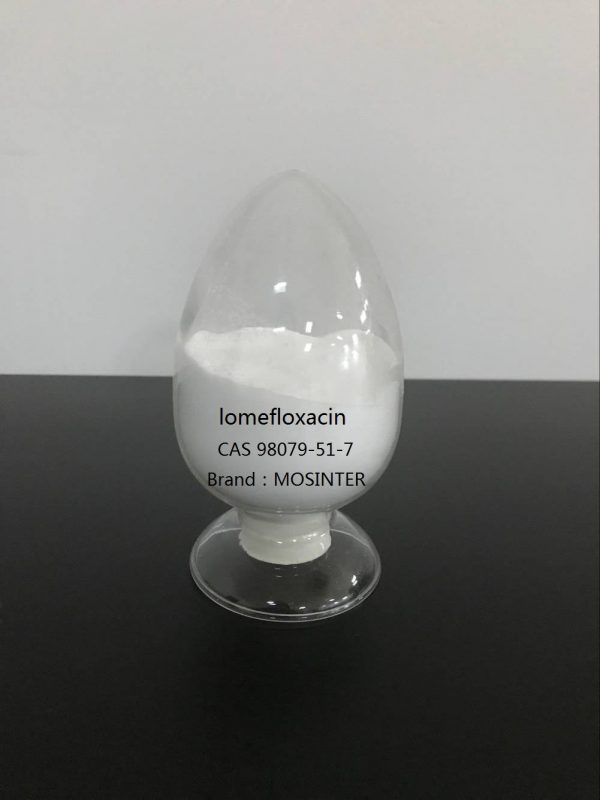
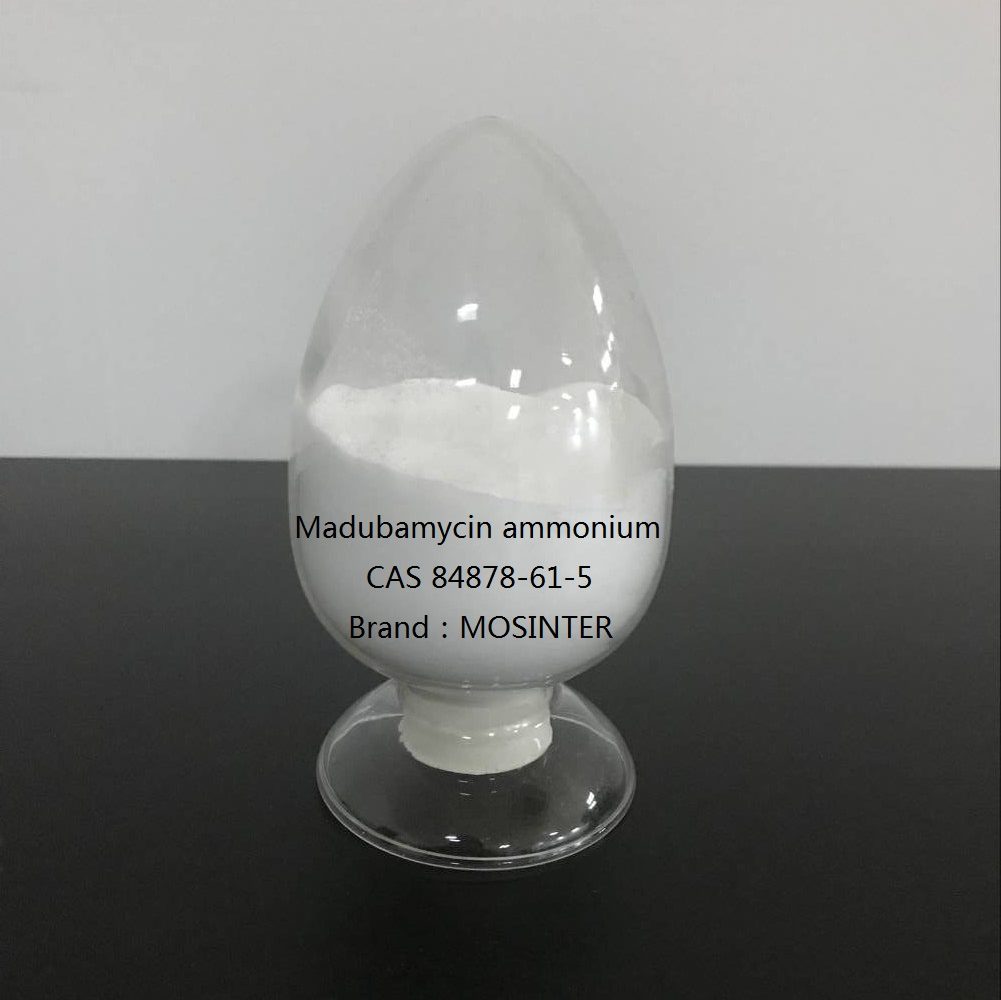
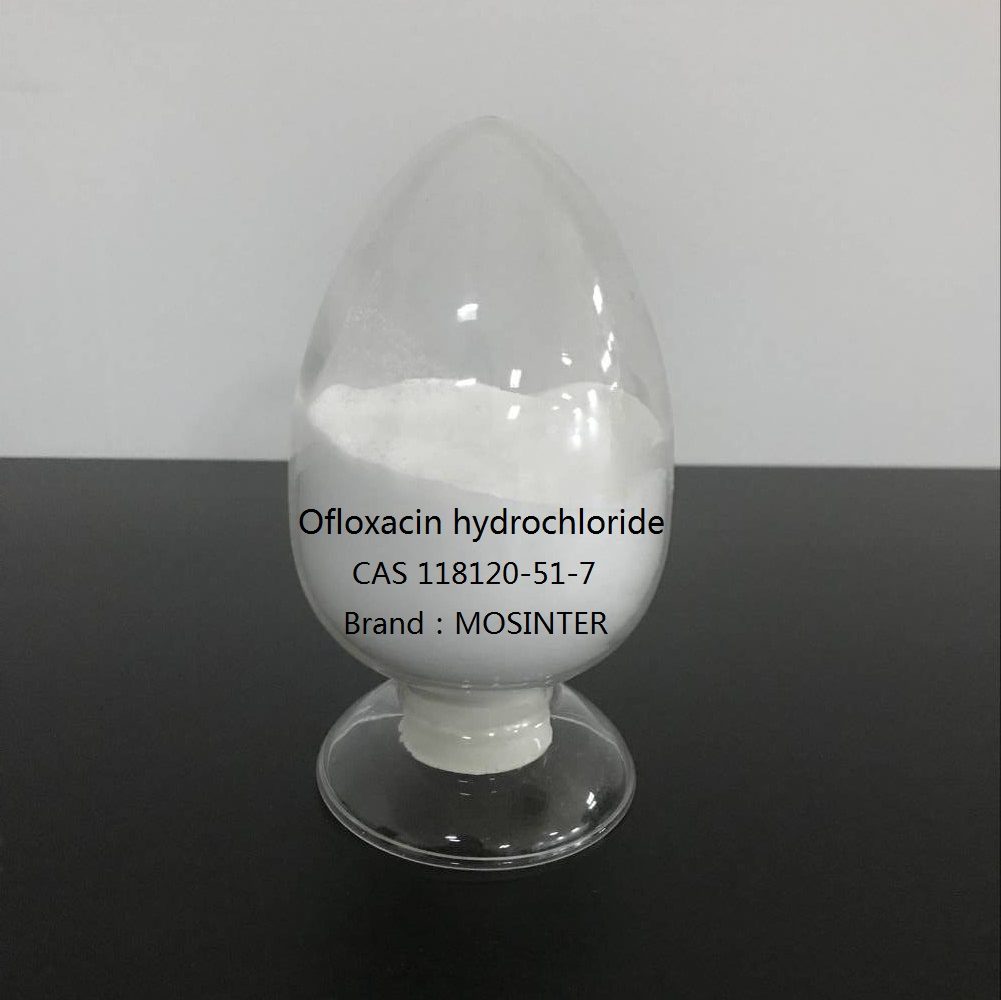
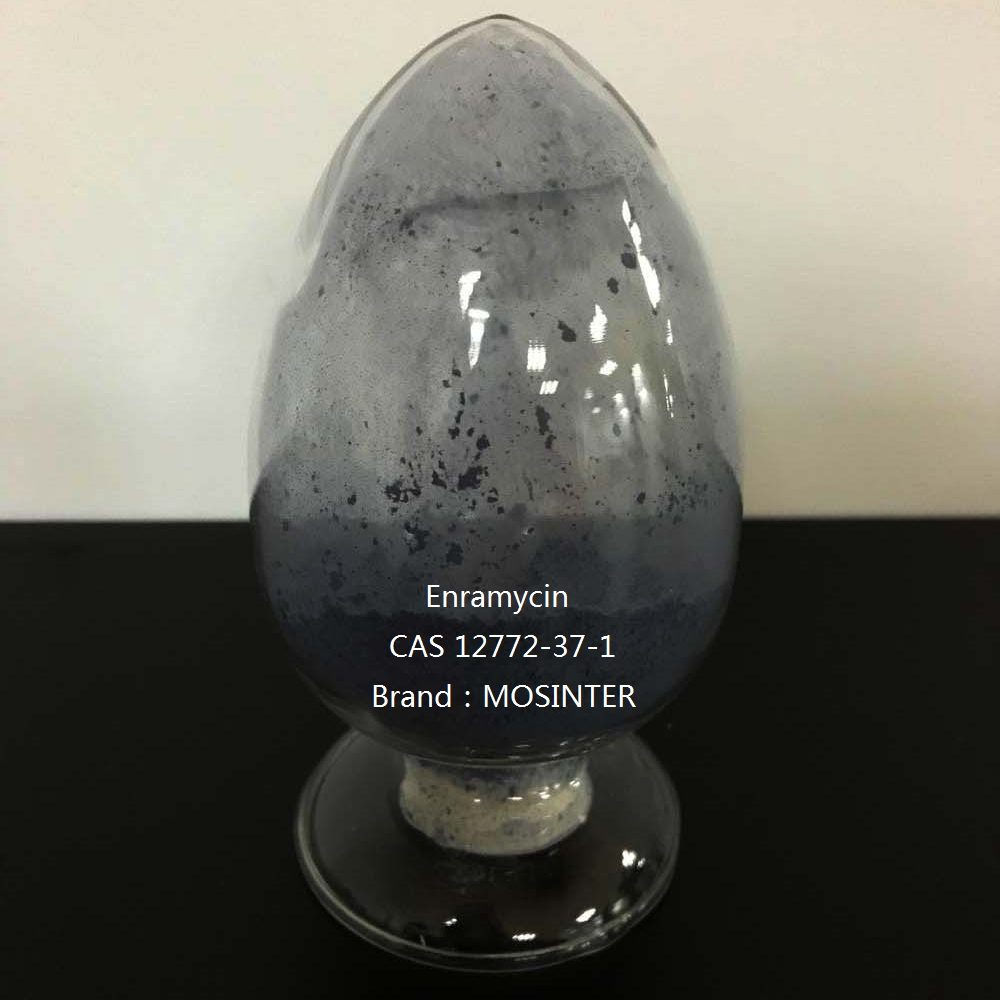
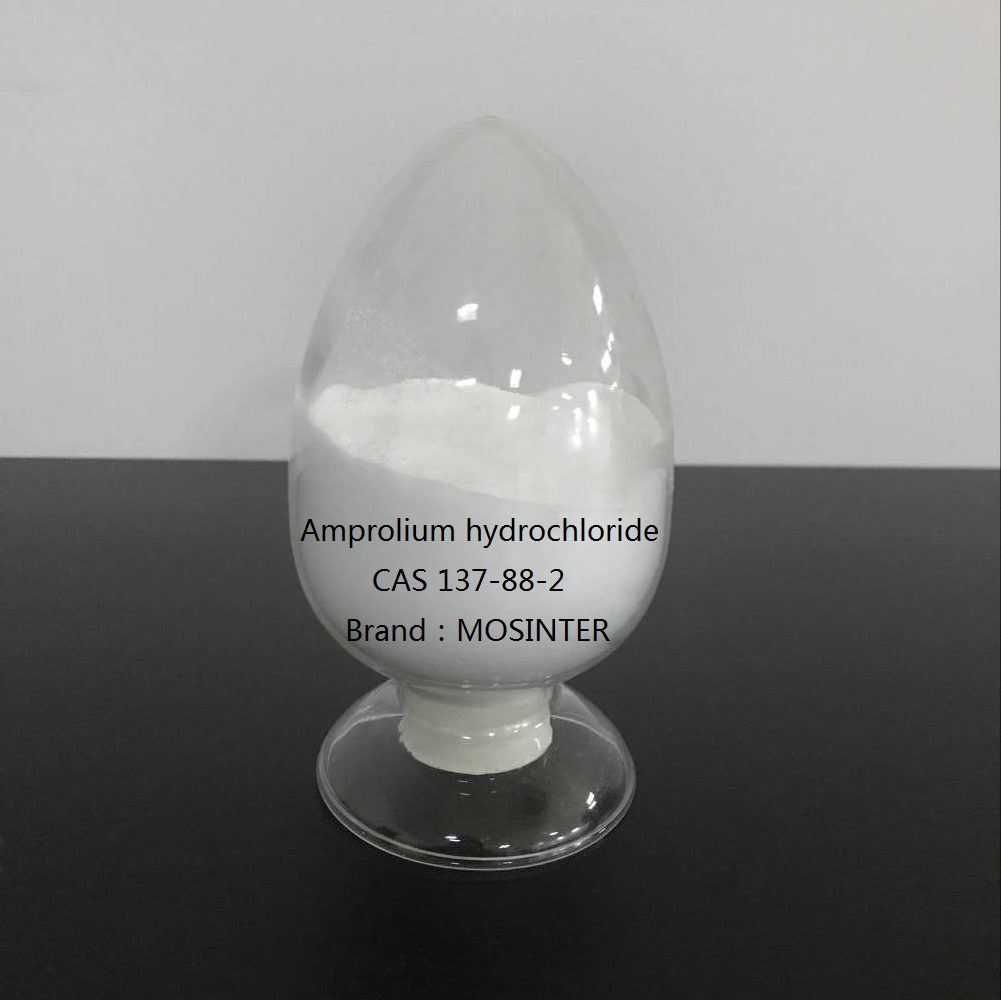
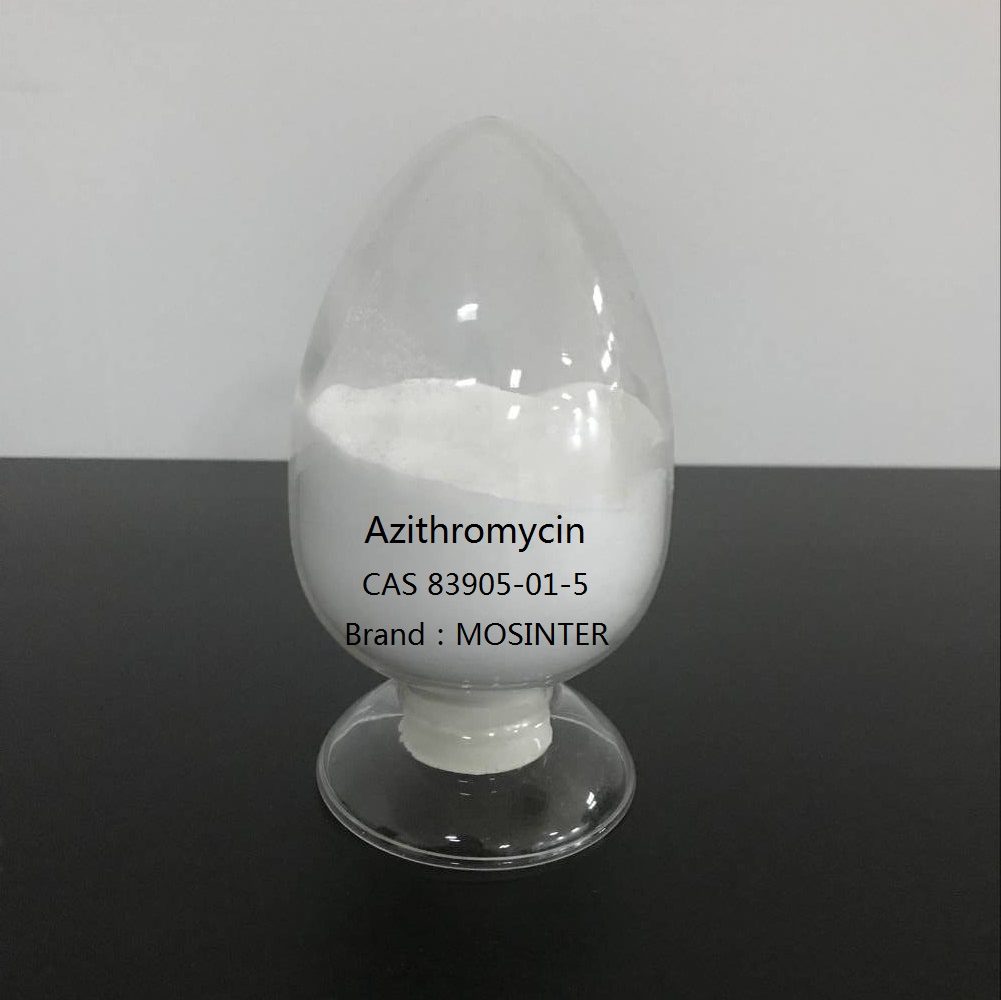
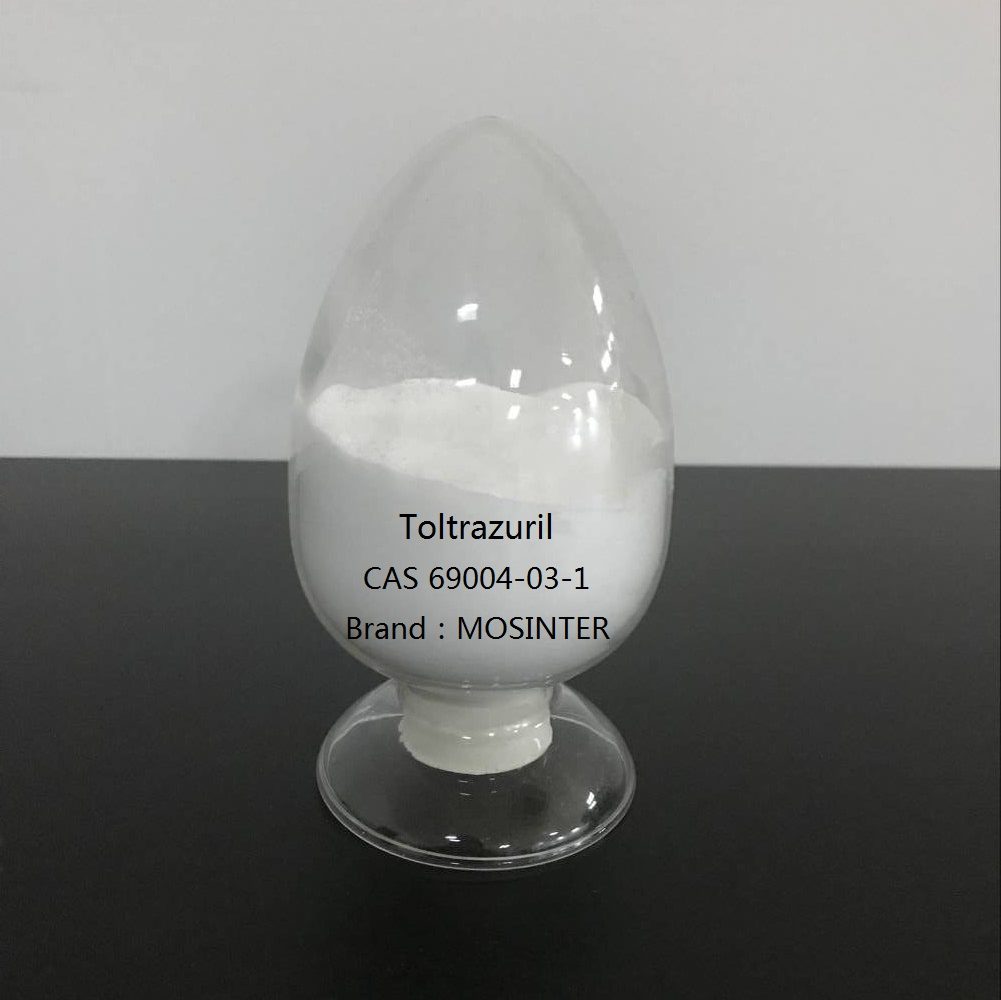
Reviews
There are no reviews yet.